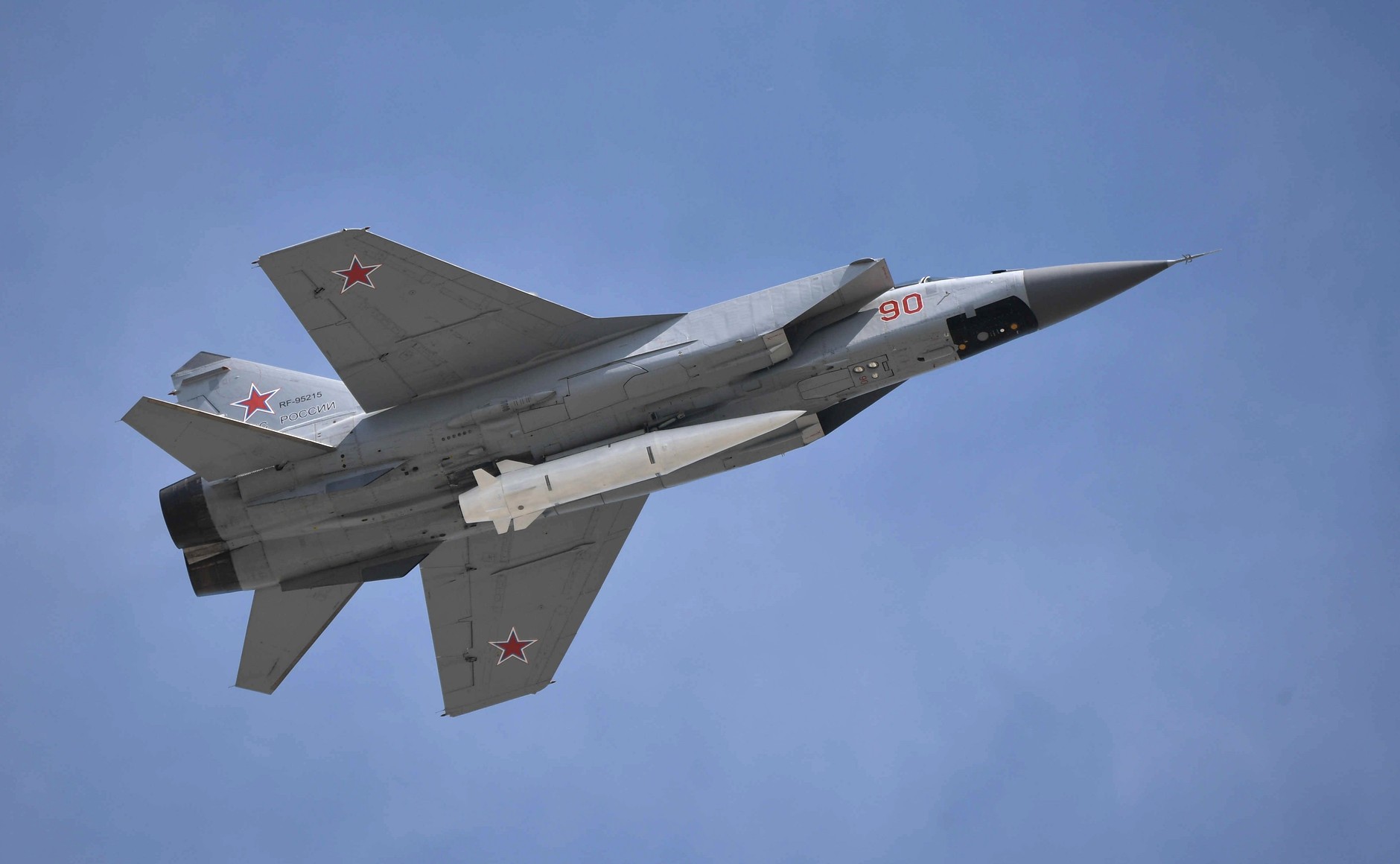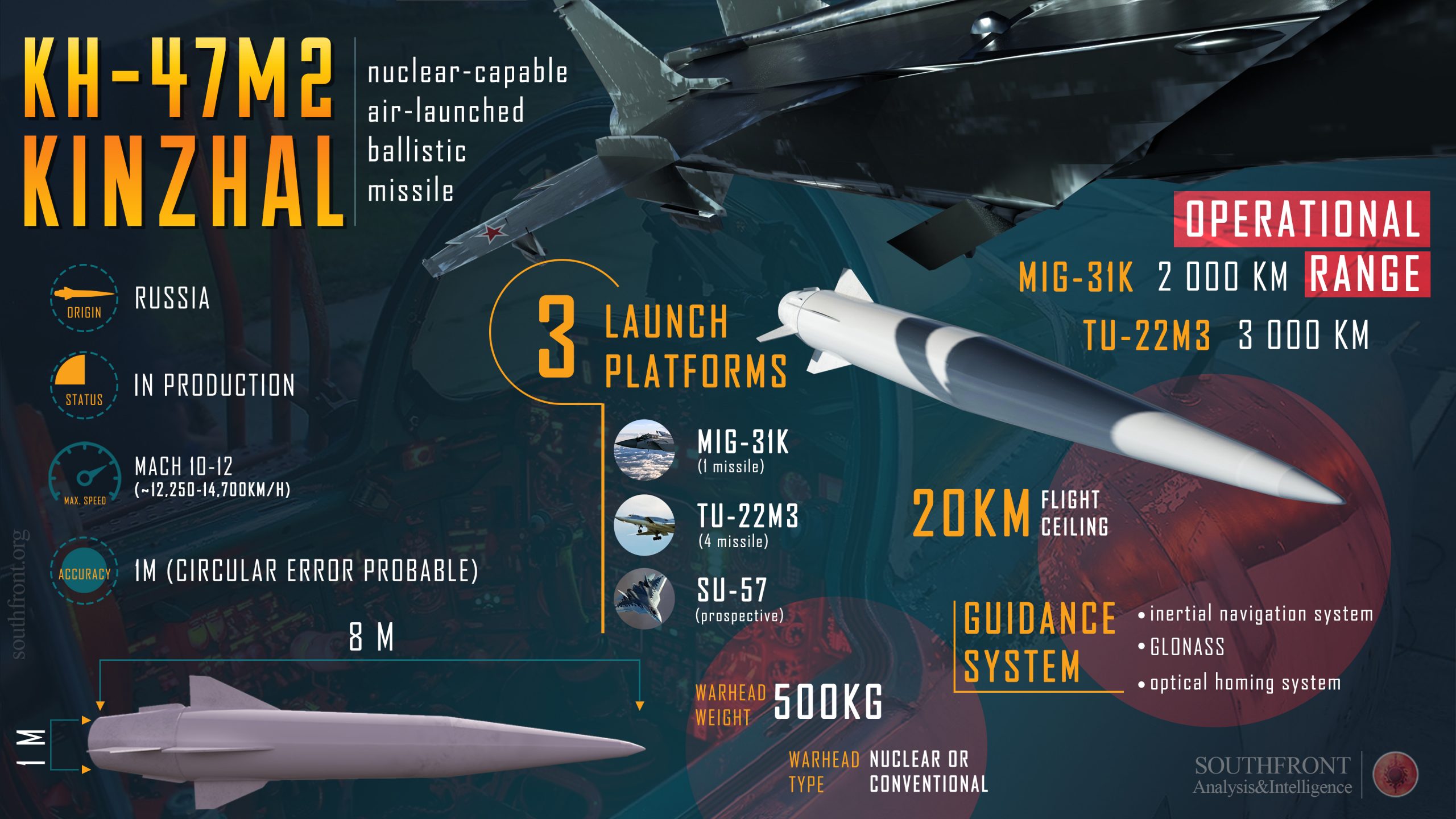For a while now, after it turned out that Russia is far ahead in terms of hypersonic technology, and is ready to even field weapons such as the Kinzhal hypersonic glide vehicle and others, the U.S. media has been widely reporting that the hidden progress Washington had been making on its own weapons.
It is well known that the US Department of Defense and DARPA are working hard on the short-term High Speed Strike Weapon (HSSW) program, designed to produce results by the end of 2020, which includes two projects to determine the appearance of hypersonic missile weapons: the Hypersonic Air-breathing Weapon Concept (HAWC) for tactical aviation and Tactical Boost-Glide (TBG) for strategic aviation.
Lockheed Martin is involved in the TBG project, and Lockheed Martin and Raytheon (in conjunction with Northrop) are working on the HAWC in parallel.
In addition, Lockheed Martin is developing several more projects.
These include the Air-Launched Rapid Response Weapon (ARRW) is an air-based hypersonic missile system, plus the creation of the SR-72 hypersonic drone and an aircraft missile under the Hypersonic Conventional Strike Weapon (HCSW) program.
Since 2010, Boeing has been developing the X-51A Wiverider hypersonic missile, which should launch from land, sea and air carriers.
Most US programs are close to a technological breakthrough in the field of hypersound, but still have not reached the stage of flight prototypes.
Research centers, such as the NASA Glenn Research Center, NASA Langley Research Center and the University of Texas at Arlington (UTA), have not yet completed work on the creation of engines, materials and control systems that can ensure the stable operation of products at hypersonic speeds.
Until recently, these projects had planned and calm work, but now everything has changed. At first, the Pentagon announced a shift in the HSSW program for 2019, and then it became known about the allocation of $1 billion to Lockheed Martin Corporation for ARRW and HCSW programs.
It turned out that these projects needed to be fast-tracked since the technology gap wasn’t being closed, rather it was widening.
On May 6th, the American online publication Military Watch reported that the Pentagon expressed concern about equipping of Russian MiG-31s with Kinzhal missiles.
In particular, the US military drew attention to the fact that “the existing air defense systems of the US Army and Navy are not able to withstand weapons that reach speeds of more than Mach 3, despite the fact that the new Russian systems can fly at a speed between Mach 10 and 20.”
They also said that thanks to the Kinzhal “Russia can strike in Europe, all ships in the Atlantic and the Pacific Ocean.”
Almost simultaneously, The National Interest published an article by its expert Dave Majumdar, who took the opposite position. In his opinion, in fact, the “Kinzhal” is not a hypersonic weapon, since it is not equipped with a hypersonic ramjet engine (scramjet).
The Kh-47M2 missile, which is part of the Kinzhal hypersonic glide vehicle, is really not equipped with a scramjet, which Majumdar is right about.
He most likely made such conclusions when analyzing information on hypersonic missiles: the Russian X-90 GELA and the Indian “Bramos-2”, which include the scramjet.
However, the expert did not pay attention to the fact that the GELA is a hypersonic experimental aircraft, in fact – a prototype, technology demonstrator, on the basis of which hypersonic systems are created in Russia.
When creating the Kh-47M2, the Russian designers had to play with the weights, dimensions and power of the solid propellant rocket engine to create the best option, which would have the maximum range and speed, controllability in height and course, as well as the power of the warhead, guaranteed to destroy warships – from destroyer to an aircraft carrier.
When the first shots of the MiG-31K with the Kh-47M2 missile were shown, some experts were surprised by its location under the fuselage of the aircraft.
But such placement of weapons has been known for a long time.
The Mikoyan Design Bureau previously developed MiG-31D projects with the 79M6 Kontakt anti-satellite missile and MiG-31I with a rocket for launching satellites into space (Ishim project). In these projects, the missiles were located just under the fuselage.
And, yes, it could be admitted that the MiG-31 could be considered an aged aircraft.
However, thanks to the on-board electronic equipment, the MiG-31 can exchange target information with the A-50 AWACS aircraft and ground-based air defense systems. The Russian Armed Forces are armed with 250 of these aircraft, of which ten MiG-31K are on combat duty in the South-East Military District with the Kinzhal hypersonic guide vehicle equipped.
The combination of the MiG-31 and Kh-47M2 determines the combat radius of the Kinzhal hypersonic glide vehicle at 2,700 kilometers.
This excludes the possibility of the enemy using sea-based cruise missiles, such as the TacTom (tactical Tomahawk), which warships like the USS Arleigh Burke and Ticonderoga have equipped.
Thus, the Kinzhal hypersonic glide vehicle can create an A2/AD zone along the Russian sea borders with a width of 1,500-2,000 km, which makes the deployment of an enemy carrier strike group (ACG) before an attack an incredibly difficult combat operation.
As you know, according to the accepted doctrine of the “Global Instant Impact”, the US Navy has 96 hours to do this. And it is undisclosed how many Kinzhal hypersonic glide vehicles the Russian Armed Forces can carry out in that time frame.
MORE ON THE TOPIC:








what is the point of this article? seems just jumbled up info with nothing new
What would like to hear darling do? should I tell you a Jew money lending tale from the Merchant of Venice?
i don’t really understand your obsession with Jews and Zionism either. You are mentally sick
Sikhs live in India, Canada or UK you dumbass ROFLMAO.
Looks like a good missile, time to test it in Syria on the headchoppers and Americunt sponsors of terrorism.
Always thought the Kh-47 was a aeroballistic (ALBM) missile, one that can be produced at a lower cost than Zircon (a hypersonic cruise missile) and in greater numbers.
Would have thought the optimum platform for the Kh-47 is not the MiG-31 but the Tu-22M3M, which can carry up to x4 of the weapons. (therefore x2 Tu-22M3/M3M could destroy the hypothetical CSG from inside Russian territorial airspace)
I wouldn’t fall off my chair if I see that in a Southfront article within 5yrs.
Ore even less time. It may even exist now.
If it can do Mach 10 its hypersonic.
Wrong. If RUSSIANS do Mach 10 it is not hypersonic…if US does, which it does not, it is, isn’t it????
The Khinzhal is not a “glide vehicle”, but the Avangard is a glide vehicle. Both are hypersonic.
It doesn’t matter how a missile achieves Mach 10 – just that it can do so.
Hypersonic is obsolete and amateurish. We use photonic laser beams from space in air-sea fights, and virusses in land wars.